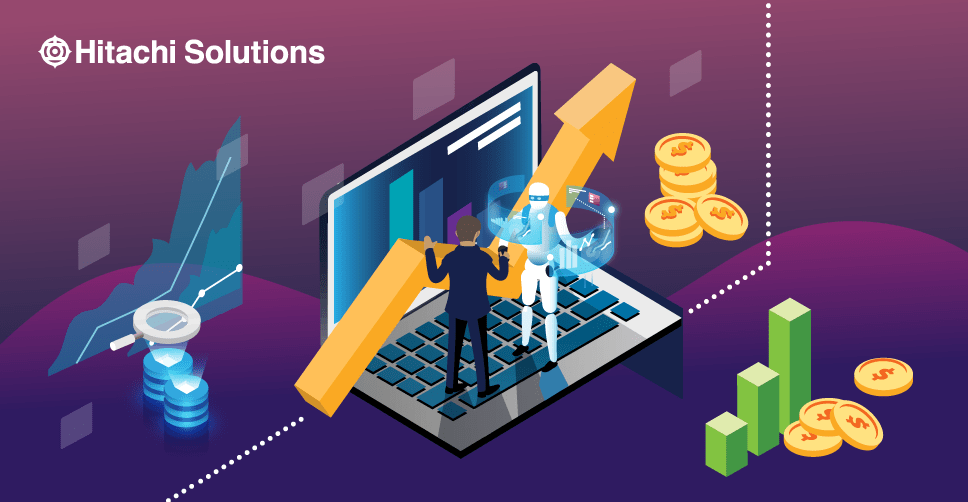Edge computing is an emerging technology that allows for data processing and analysis to be performed closer to the source of the data, rather than relying on a centralized cloud infrastructure. By bringing computing power closer to where it is needed, edge computing can enable faster and more efficient data processing, as well as reduce the amount of data that needs to be transmitted over networks.

The growth of the internet of things (IoT) has been a driving force behind the development of edge computing. As more and more devices are connected to the internet and generating data, there is a need for more efficient and effective ways to process and analyze that data. Edge computing allows for the processing and analysis to occur at the edge of the network, where the data is generated, rather than transmitting it all to a centralized cloud infrastructure.
One of the key benefits of edge computing is reduced latency. By processing data at the edge of the network, it can be analyzed and acted upon in near real-time, without the delay that comes from transmitting the data to a remote server for processing. This can be especially important in applications such as autonomous vehicles or industrial control systems, where even a small delay in processing data can have serious consequences.
Another benefit of edge computing is improved security. By keeping data processing and analysis local, there is less risk of data being intercepted or compromised during transmission to a remote server. This can be especially important in applications where data security is critical, such as financial transactions or medical records.
Edge computing can also reduce the amount of data that needs to be transmitted over networks, which can help alleviate network congestion and reduce bandwidth costs. By processing and analyzing data at the edge, only the relevant data needs to be transmitted to the cloud, rather than transmitting all the data generated by IoT devices.
There are several challenges associated with edge computing, however. One of the main challenges is the need for increased computing power and storage at the edge of the network. As more data is processed and analyzed locally, there is a need for more powerful and efficient edge computing devices to handle the workload.
Another challenge is the need for standardized interfaces and protocols. With multiple vendors and devices involved in edge computing systems, there is a need for standardized interfaces and protocols to ensure interoperability and ease of integration.
In conclusion, edge computing is an emerging technology that has the potential to revolutionize the way we process and analyze data. By bringing computing power closer to where it is needed, edge computing can enable faster and more efficient data processing, improve security, and reduce network congestion and bandwidth costs. While there are challenges associated with edge computing, these can be addressed through continued innovation and collaboration among vendors and organizations. As edge computing continues to evolve and mature, it has the potential to become a key component of the future of computing and data analysis.

